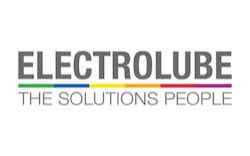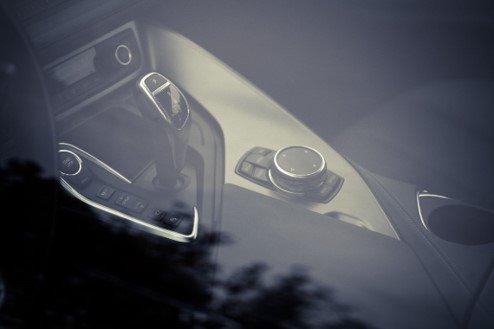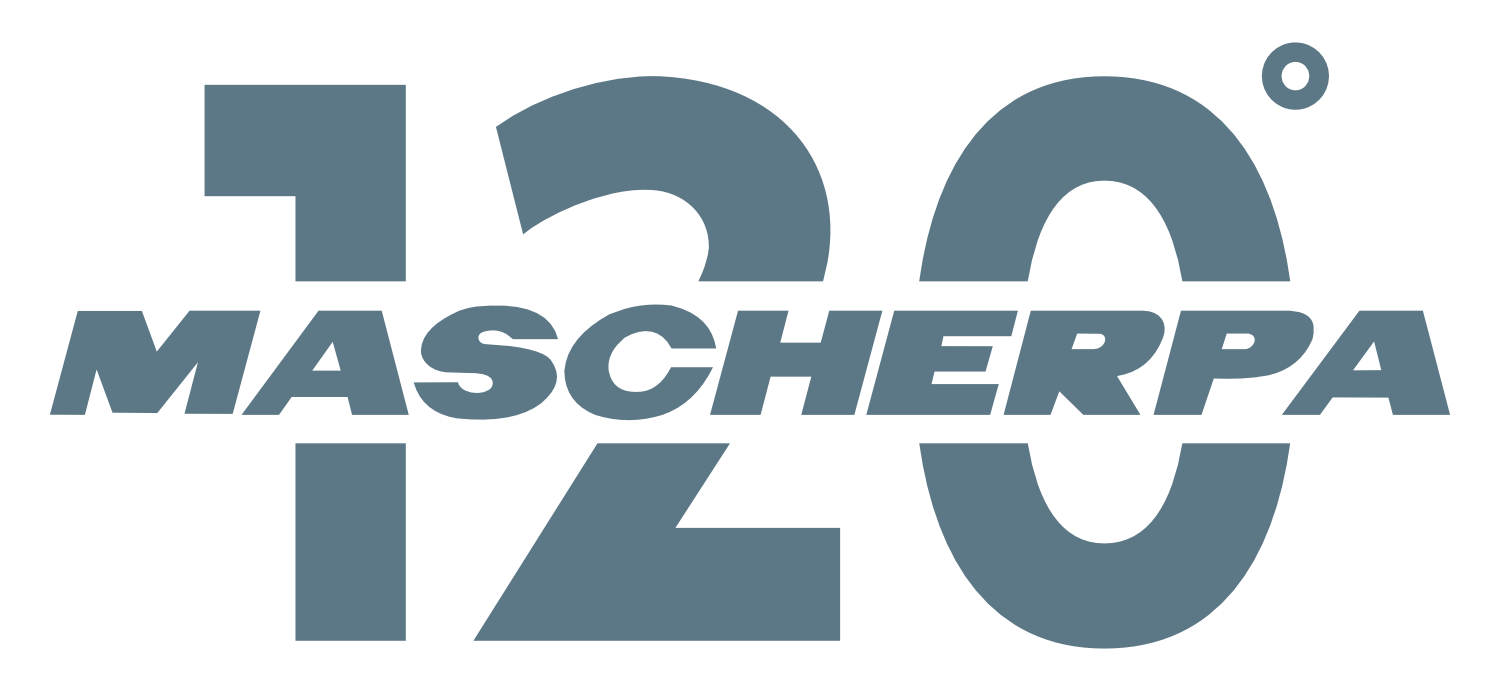
The Role of Contact Lubricants in the Automotive Industry
The automotive industry continues to position itself at the forefront of technological development and to play a leading role for all other industries. The most recent developments in the industry involve electronic innovations, both in improving the driving experience for driver and passengers and in evolving safety standards (such as with assisted braking or speed control). Right now the focus is directed toward the evolution of engines away from internal combustion engines toward systems that use alternative sources of energy in order to preserve the environment, where the most notable examples are electric vehicles (EVs) and hybrid options (HEVs). With this in mind, new challenges are emerging for circuits, contacts and electrical resistors.
Regardless of the industry being considered, Electrical Parts Lubricants are used to improve the performance and reliability of electrical contacts and connections. The use of these lubricants, originally invented in 1941 by the founder of Electrolube, has spread widely within multiple different industries for decades, and has become a crucial factor in the performance of automotive components nowadays.

Contact lubricants are greases and oils specifically formulated to reduce friction and wear, and to improve the electrical performance of current between metal interfaces, such as in switches or connectors. The application of contact lubricants allows all surface imperfections to be covered, as no metal interface is without them, improving performance and increasing the life span of the contact itself. By filling the air spaces between the contacts, contact lubricants greatly increase the effective surface area, in turn preventing arcing, related temperature rise and oxide formation. They also provide a barrier to airborne contaminants and reduce the effects of friction by facilitating smooth movement. In addition, the use of contact lubricants is generally evaluated on their “sensitivity” characteristics, improving the quality of movement of, for example, a switch or simple plastic-plastic contacts. Whether the application is for interior components, such as air conditioning vents; or for exterior components such as side mirror reg orations; or whether it is for critical contacts within the vehicle’s wiring harness; applications for contact lubricants are steadily increasing within advances in “CASE” (Connected, Autonomous, Shared, Electric) technologies.
There are 3 main reasons why contact lubricants are used in automotive applications:
- To improve electrical transfer and contact reliability
Contact lubricants increase contact surfaces by filling any imperfections and reducing electrical resistance. As automobiles have evolved, technology has expanded to include more and more safety-critical operations, and with “recalls” on the rise due to electronic components, it is imperative that these safety-critical connections are properly maintained. In a recent report by AlixPartners, it was pointed out that “recalls” to correct faults in electronic or electrical systems have grown by 30 percent per year in recent years. Although such failures may also include problems in software, the vast majority of these are actually caused by failures related to integrated electrical components. As an electrochemical solutions provider approved under IATF 16949, Electrolube is often asked to help prevent such problems from occurring and to fully understand the impact such failures can have on companies, including the consequences on brand reputation for the automotive manufacturer. It is therefore extremely important to consider all aspects of electronic systems, including the connection between devices and the selection of the correct contact lubricant.
Traditionally, the protection of electrical properties of switches and connections in the automotive industry was referred to general and low-voltage switches; over the years with the development of increasingly interconnected electronic connections within vehicles, the use of lubricants has moved toward increasingly critical applications. Right up to the present day where the shift to electric car technology, has posed an additional set of challenges, including the presence of more electrical connectors with much higher voltages. With experience in other industries outside the automotive industry where voltages are normally medium and high (such as power plants, electroplating plants), Electrolube already has a range of products to meet the new demands of the electric vehicle market.

2. To reduce the effects of external environmental influences, reducing corrosion and wear and tear
The ‘increase of electronic devices within increasingly complex and interconnected connections has forced manufacturers to use different materials in order to maintain or reduce the final weight of vehicles. The use of such materials, such as aluminum, has brought a number of new challenges in the maintenance of automotive electronic systems, where it becomes important to prevent possible oxidation and electrochemical corrosion in the presence of moisture and contact between different metals. Corrosion caused by “fretting” can, for example, be reduced by applying a lubricant to aluminum contacts, greatly reducing failures of electrical parts.

Environmental influences include changes in temperature, exposure to humidity and corrosive atmospheres. Profound temperature variations can change the consistency characteristics of a lubricant; for example, a penetration value of 320 detected at 25 C˚, can drastically reduce in cases of temperatures of -40 C˚ or lower. The correct choice of lubricants in relation to the environmental characteristics of an application is determined by Electrolube through a series of tests to highlight the different behaviors of various products and provide better customer service.
These tests include humidity tests followed by salt spray tests, chlorine resistance tests and verifications with different materials. Combined humidity and salt spray tests subject lubricants to 90 percent humidity at 35 C˚ for 3 weeks, followed by 1 week at 35 C˚ in the salt spray chamber. The protection of copper and steel substrates is visually evaluated after this test. Typically, synthetic lubricants such as Electrolube CTG provide the best protection in this type of environment. In the case of gold and silver contacts, salt spray results show that some mineral-based lubricants are not suitable for protecting these materials in harsh environments. Finally, tests under extreme conditions (2 months at 35 C˚ in a chlorine-saturated oxidative environment) also confirm that Electrolube CTG provides outstanding protection, followed closely by Electrolube CG53A and CG60.
3. To improve the quality and “sensitivity” in connectors and switches.
Contact lubricants are also widely used in many applications to improve the “feel” of a switch, thus giving the impression of high quality. This also applies to many applications inside vehicles, ensuring that metal-to-metal, plastic-to-metal, and plastic-to-plastic contacts have a good connection between parts, thus reducing noise and movement when subjected to vibrations caused by normal automobile operation. With a shift toward quieter cars, improvements in tire technology, and the evolution of electric vehicles, the interior of the vehicle becomes a much quieter place, and as such, the quality of these contacts and the overall decrease in noise are essential to ensuring a high-quality driving experience.

Products such as Electrolube CG60 and SPG have been used for such automotive applications for many years, providing maximum comfort in the driving experience. In some cases, a fluorinated lubricant, such as Electrolube’s EGF, may be needed to provide even greater performance. The use of this type of lubricant will be increasingly necessary in the future as electronic systems within vehicles continue to increase and as the shift toward electric car technology continues. With this in mind, a recent study by Research and Markets confirms that in the automotive sector, the electronics component will grow the fastest in the 2020/2025 time horizon due to the development of increasingly advanced technologies, including driver assistance systems and safety integrations.
The automotive industry is in a period of constant change and evolution. Moving on to HEV and EV, a new set of challenges for electrical connectors, switches and devices are proposed and will continue to evolve for years to come. Developments in battery technology and user interfaces, alternative fuel sources, and the evolution of assisted driving will add further challenges. Tackling the seemingly small task of ensuring high-quality, reliable and protected connections, contact lubricants will help meet these new demands. For example, an electric car’s powertrain is on average two and a half times more expensive than conventional powertrains (AlixPartners), hindering its market growth. However, this additional cost will tend to reduce naturally over time with economies of scale and through improvements in technology. This, combined with the reduction in overall costs resulting from high-quality maintenance and fewer “recalls” for electrical failures, is the reason why manufacturers must put the choice of contact lubricants at the top of their development agendas now and for many years to come.
Thanks to Jade Bridges – Electrolube’s global technical support manager – for writing this in-depth report.
(Translation by M.M)

